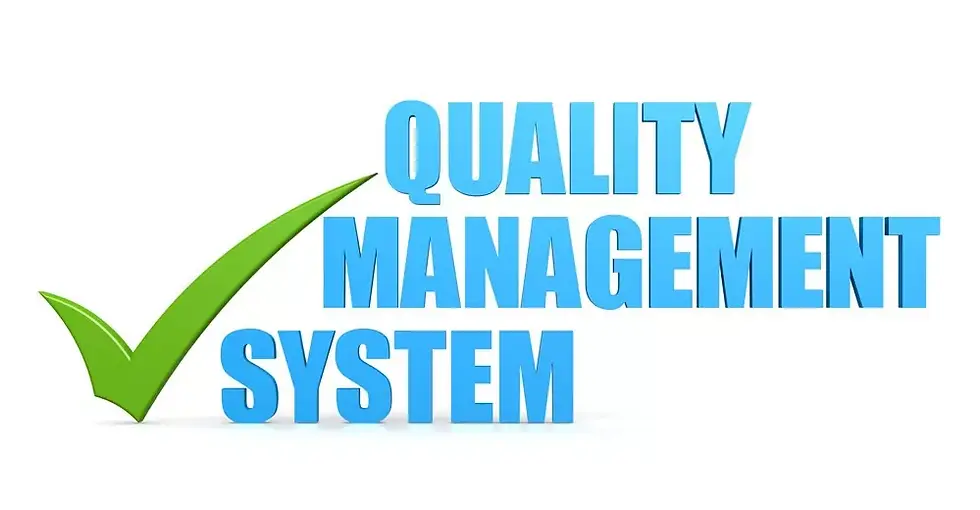Newsletter: FDA Oversight of Radiopharmaceuticals – March 2025 Update
- GxP Auditing & Consulting Services
- Mar 10
- 4 min read
Updated: Jul 17
Date: March 9, 2025
Welcome to our March deep dive into FDA inspections and the Radiopharmaceutical landscape! As these radioactive drugs redefine diagnostics and treatments, the U.S. Food and Drug Administration (FDA) stands as a critical gatekeeper, ensuring safety and quality amid rapid innovation. This month, we unpack the inspection process, spotlight patient safety, and explore industry trends shaping this high-stakes field.
Radiopharmaceuticals: A Transformative Force
Radiopharmaceuticals—drugs infused with radioactive isotopes—are revolutionizing healthcare. From Technetium-99m illuminating heart scans to Lutetium-177 targeting prostate cancer, their precision is unmatched. The momentum is palpable: on March 6, 2025, ITM Isotope Technologies Munich SE announced a new therapy for gastroenteropancreatic neuroendocrine tumors (GEP-NETs), poised for FDA review. This follows a lineage of successes like Lutathera (approved 2018) and Pluvicto (2022), signaling a boom that’s pushing manufacturing and regulatory boundaries.
FDA Inspections: The Nuts and Bolts
FDA inspections are rigorous audits designed to safeguard public health. For radiopharmaceutical facilities, they’re a high-wire act balancing GMP compliance, radiation safety, and cutting-edge tech. Here’s what’s at play:
GMP Compliance: Inspectors scour every detail—cleanroom conditions, isotope calibration, batch consistency. A single vial of Gallium-68 (half-life ~68 minutes) must be produced, tested, and shipped flawlessly within hours. Deviations—like inadequate sterility testing—can trigger a Form 483, as seen in past pharma inspections.
Radiation Oversight: Partnering with the Nuclear Regulatory Commission (NRC), the FDA ensures facilities handle isotopes safely. This means verifying lead-lined storage, worker dosimetry, and radioactive waste disposal. A lapse here isn’t just a regulatory ding—it’s a public health risk.
Quality Assurance: Radiopharmaceuticals demand exacting standards. For example, a therapeutic dose (e.g., 7.4 GBq of Lutetium-177) requires precise activity levels. Inspectors probe lab data, equipment validation, and even staff training to confirm no shortcuts are taken.
Recent FDA activity offers a glimpse of what radiopharmaceutical makers might face. Dexcom’s February 2025 inspections in San Diego and Mesa (reported March 7) flagged manufacturing inconsistencies. While not radiopharmaceutical-specific, these outcomes hint at the FDA’s 2025 focus: zero tolerance for sloppy processes. For radiopharma firms, a Form 483 could delay a drug like ITM’s GEP-NET therapy, costing time and millions.
Inspection Outcomes: What’s Happening in 2025?
Scrutiny Surge: With radiopharmaceuticals in the spotlight, the FDA is likely ramping up unannounced visits. Facilities scaling up for drugs like Pluvicto—or prepping for ITM’s candidate—face intense audits. Historical data shows radiopharma inspections often cite issues like inadequate environmental monitoring or isotope purity failures.
Global Lessons: Late 2024 reports noted Indian drugmakers slashing adverse FDA findings (e.g., fewer Form 483s). Radiopharma hubs in the U.S. and Europe are under similar pressure to align with GMP gold standards. A clean inspection can fast-track approvals; a dirty one can stall a product indefinitely.
Consequences: Post-inspection, outcomes range from “No Action Indicated” (NAI) to “Official Action Indicated” (OAI). An OAI might mean a Warning Letter or injunction—rare but devastating. For example, a 2019 radiopharma recall tied to contamination shows how inspection failures ripple to patients.
Patient Safety: The Heart of the Matter
Radiopharmaceuticals are often a lifeline for patients with few options—think metastatic cancer or rare tumors. FDA inspections directly impact their safety:
Dosage Precision: A diagnostic tracer (e.g., 5 mCi of Fluorine-18) must highlight disease without excess radiation. A therapeutic dose (e.g., 200 mCi of Iodine-131) must kill cancer cells, not healthy ones. Inspections ensure manufacturing hits this bullseye every time.
Contamination Risks: Poor GMP—like unsterile compounding—can introduce bacteria or wrong isotopes. The FDA’s aseptic processing guidelines (updated for short-lived drugs) aim to prevent this, but enforcement via inspections is key.
Real Stories: Patients on Pluvicto report life-changing results—tumor shrinkage, extended survival. But those gains hinge on FDA-verified quality. A 2023 recall of a contaminated radiotracer batch (not therapy-specific) underscores why inspections matter—patients can’t afford missteps.
Industry Trends: Where We’re Headed
Supply Chain Resilience: Isotope shortages (e.g., Molybdenum-99 in 2019) taught the industry hard lessons. The FDA now pushes for diversified sourcing—expect inspections to probe this in 2025 as demand spikes.
Tech Innovation: Cyclotrons and generators for short-lived isotopes are now standard. Inspectors must adapt, evaluating these complex systems. A facility’s ability to churn out consistent Fluorine-18 daily could make or break its FDA standing.
Market Growth: With ITM’s GEP-NET therapy and others in the pipeline, radiopharma revenue projections are soaring—some peg it at $15 billion by 2030. But growth invites oversight. Each new approval tightens the FDA’s lens on production.
Why It Matters to You
For providers, inspections guarantee reliable tools for diagnosis and treatment. For patients, they’re a promise of safe, effective care. For manufacturers, they’re a make-or-break hurdle to market entry. As radiopharmaceuticals expand—potentially adding years to lives—FDA oversight ensures the hype matches reality.
Looking Ahead
Expect 2025 to bring more inspection reports, especially as ITM’s submission and others hit FDA desks. We’ll track outcomes, from 483s to approvals, and share what they mean for the field. Got a question or a radiopharma topic you’d like explored? Reach out at GXP Auditing and Consulting—we’re all ears!
_edited.png)



Comments